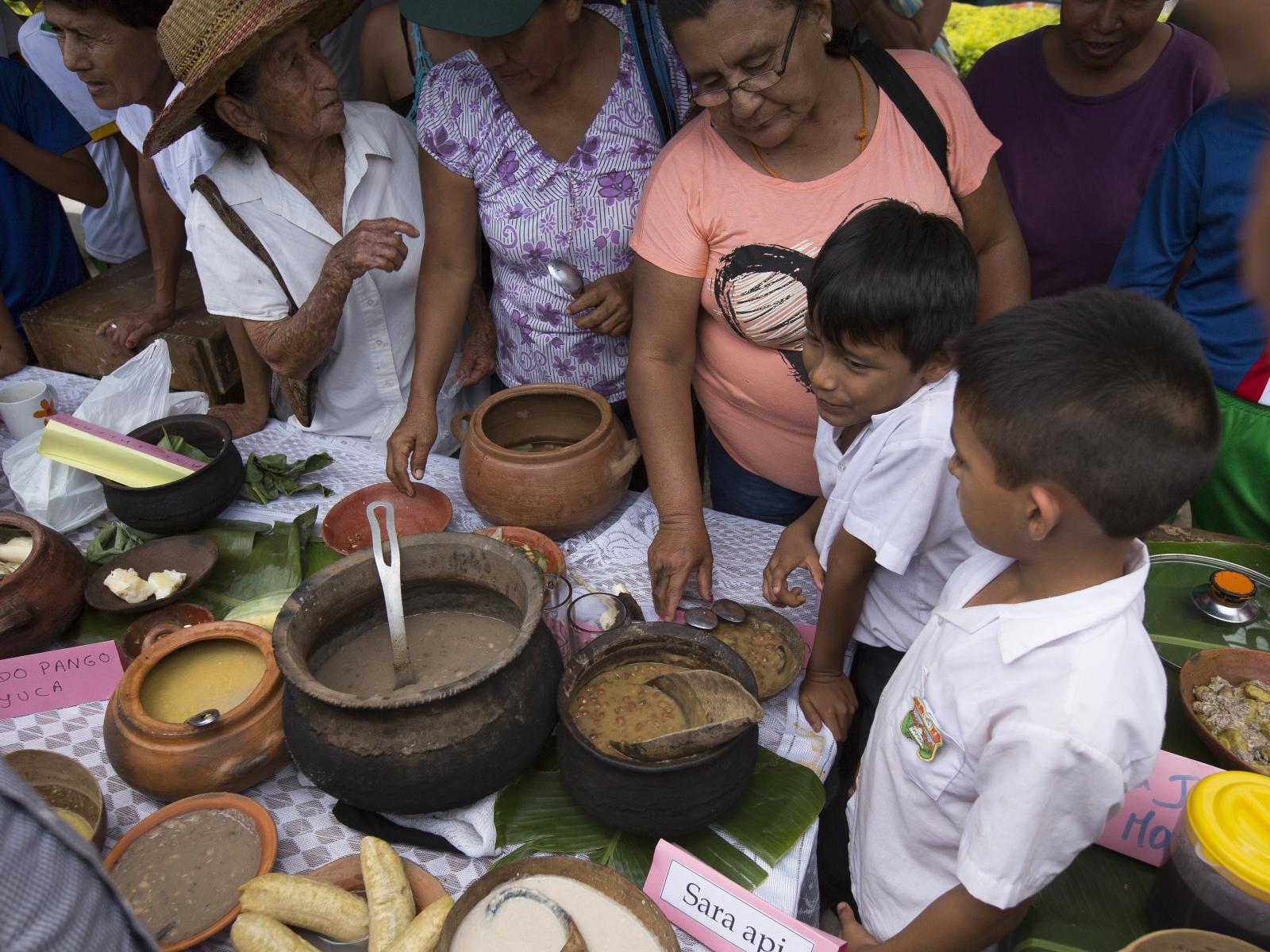An Overview Of Our Solution
- Population Impacted:
- Continent: South America
Organization type
Population impacted
Size of agricultural area
Production quantity
People employed
Describe your solution
Describe your implementation
External connections
What is the environmental or ecological challenge you are targeting with your solution?
Describe the context in which you are operating
They are rural populations, distributed as follows: 10% are seniors, 30% are adult males, 30% are adult females, 20% are girls and 10% are boys. Of this total, 40% are native populations, the remaining 60% are mestizo populations; Of this 60%, 70% are immigrant populations. The family component is in the range of 5 to 8 members per family. Eighty percent of them have failed to complete primary education and only 10% have completed their secondary education and less than 1% have completed higher education.
These populations are made up of small agroforestry producers, settled in populated centers, between 40 to 200 families/community and their agricultural activity practices in hillsides and rainfed. In addition to these aspects, the serious problems of deforestation suffered by the Region, through the promotion of monocultures and in particular the cultivation of coca, has caused that its natural resources deteriorate and with that it has reduced agricultural diversity and low productions Which makes them have low incomes and limits food supply, which is why 70% of these populations are considered very poor.
How did you impact natural resource use and greenhouse gas emissions?
Language(s)
Social/Community
Water
Food Security/Nutrition
Economic/Sustainable Development
Climate
Sustainability
In the productive economic aspect has to do with the participation of men and adult women. Training initiatives, community-based local development initiatives, support to mutual aid groups in agro-ecological improvement of farms and support with inputs and tools were invested. In this component the production volumes of the families that benefited from the Project were increased and the agroecological conditions were improved in 198 hectares, in the diversification of agricultural plots, the enrichment of secondary forests and the recovery of degraded areas. The number of cultivars has increased from 6 to 12 cultivars and this diversity also increases the influx to markets and family income.
Return on investment
Entrant Banner Image

